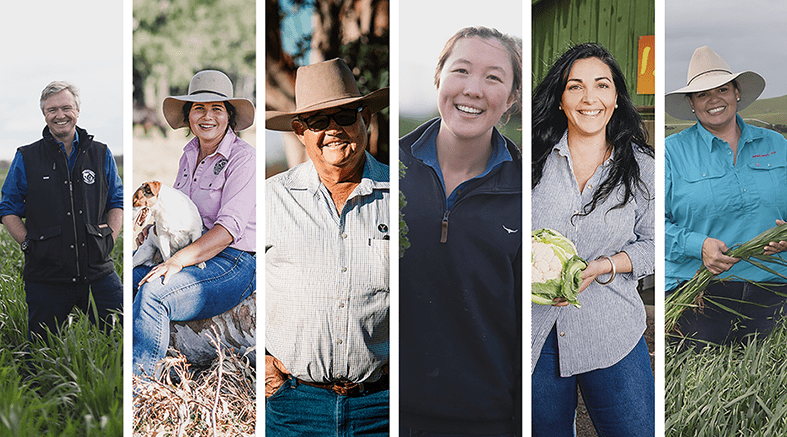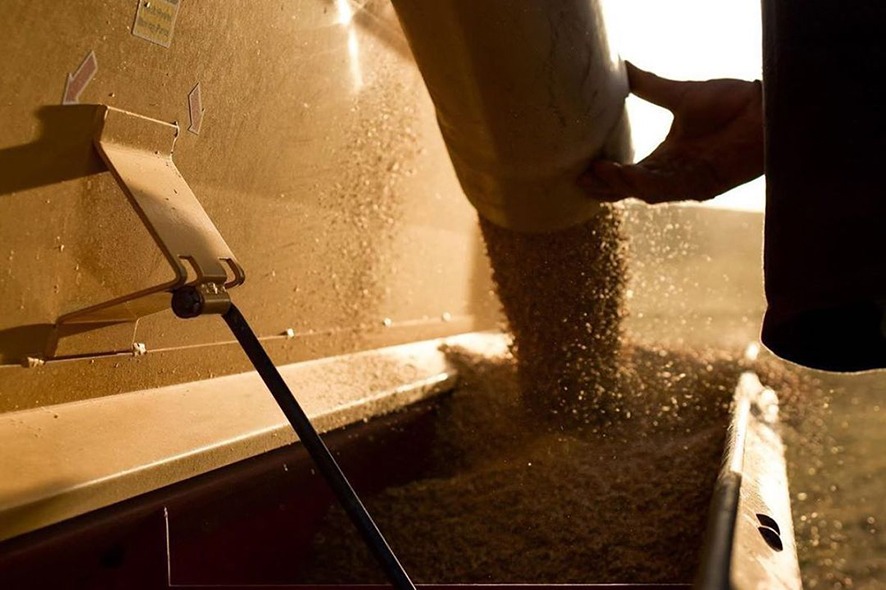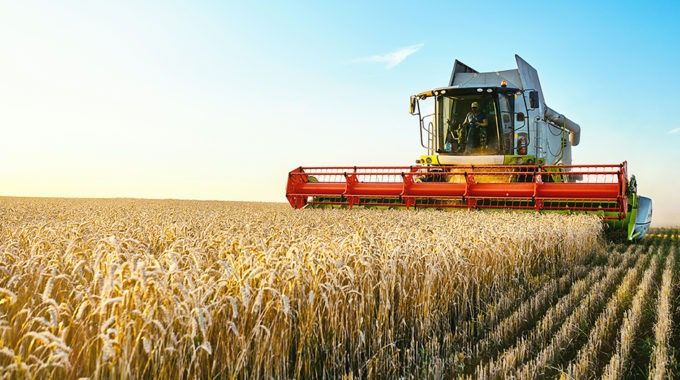Agriculture poised for growth in 2021
Drought-breaking rains have almost single-handedly held the value of farm output firm, according to the National Farmers’ Federation (NFF) 2020 Report Card, released yesterday.
The Report Card provides a pulse check of the NFF-led goal for agriculture to be a $100 billion industry by 2030, looking at policy and investment progress across the five key areas identified in the NFF’s 2030 Roadmap. Even though it has been significantly hampered by severe drought and devastating bushfires, followed by a global pandemic, farm output has remained steady at $61 billion during the past year.

“This is a good result given the gravity of the hurdles faced by farmers,” says NFF President Fiona Simson. “There’s no doubt the widespread rains beginning in late summer turned many farmers’ fortunes around.”
While agriculture was not at the coal face of the impacts of COVID-19, the sector did need to mobilise to ensure the entire paddock-to-plate supply chain kept functioning. Key to this was agriculture’s classification as an essential service in the early days of the pandemic.

Simson says that COVID-19 had presented an opportunity to talk to all Australians about where their food and fibre came from: “Throughout 2020, the NFF’s Telling Our Story initiative led public communications to ease concerns about food shortages and to highlight the role of agriculture in the nation’s economic recovery,” she says. “Collectively, these communications reached more than 20 million Australians and furthered our Roadmap goal for agriculture to be Australia’s most trusted industry by 2030.”

Simson says the Report Card has also highlighted headwinds, namely ongoing trade disruptions with China, worker shortages – exacerbated by COVID-19 travel restrictions – and a lack of adequate investment in biosecurity.
“There are certainly challenges on the horizon in the immediate to short term, which the NFF and our members are working closely with government on to navigate a positive result for farmers,” she says. “But, as a bumper winter crop fills silos across the country and demand for red meat remains strong, the overall outlook is largely positive.”
This week, the Australian Bureau of Agricultural and Resource Economics and Sciences revised its agricultural production up by seven percent, predicting farmgate output to tally a record $65 billion in 2021 – good news for the sector as it works towards its 2030 goal.









